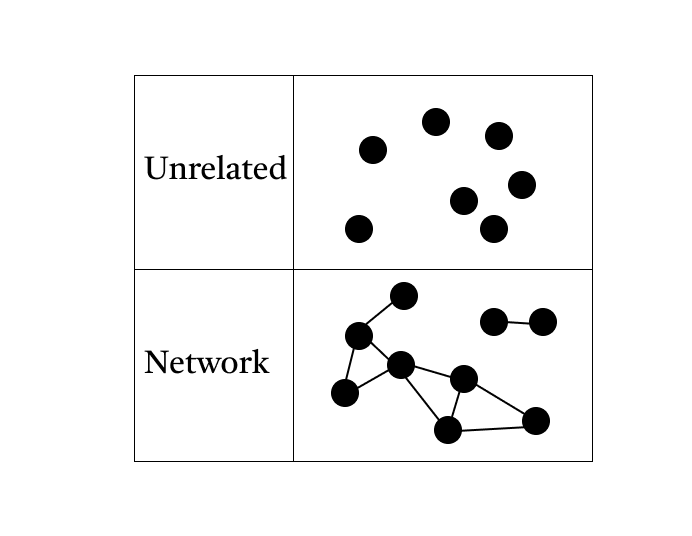Data Structures for Data Organization
Can using a data structure organize my room? I hope so.
If you walked into my room right now, you would notice random objects scattered all over the place. Am I a little disorganized? Yes. Am I going to organize everything in the future? Hopefully.
In a way, the random objects in my room are like data. My rain boots under my bed are a piece of data and my wireless keyboard sitting on a stack of books in a dusty corner is another piece of data. If I organized my things, then maybe they would be more easily found.
Data structures do just that. They organize the data that algorithms use to carry out solving things that need to be solved.
Think of it this way: If I’m checking into a hotel, it’s almost like I, the person, is the data being stored in the room, the data structure. If I order food, an attendant needs to find my room number and deliver the food to me (algorithm).
One of the purposes of data structures is to make life easier for algorithms. They can store information and algorithms can find that information and potentially do something with it to solve something.
Data structures can be divided into a few implementations: objects, arrays, and links.
Objects
Objects are individual things that have both a name and identity. You are an object. You are a person and you have a name.

Arrays
Arrays hold multiple elements of the same type at neighboring memory locations, usually concerned with the position of the element. In other words, arrays hold a collection of different things.

And by elements of the same type, I mean data types. If you need more information on data types (there are quite a few of them in computer science), check out this website here.
Links
Links are a bit different. Links (or pointers) are helpful for a lot of things. For one, if there are different elements in an array that share the same property for something, links can help distinguish things from each other.

There are a lot A LOT of data structures that exist out there. Here’s a nice little website with a list here.
Data structures can be built in different ways too. The data in data structures can vary from being unrelated elements to being all connected in a network…and it doesn’t stop there.

Data structures can make up different arrangements of elements, but picking the right data structure is another thing. Sometimes it might be better to use a link than an array depending on different problems for algorithms. Is the data random? Can a new object be added easily? Does more space need to be added to fit a new element? A lot of questions can come up in the making and using of data structures.
Overall, data structures really aid in organization of data and help algorithms solve even the most complex problems, computational or not.
I’m going to try and organize my room now. Wish me luck!
Sources:
1.1 Data Structures and Algorithms. (n.d.). Open DSA. Retrieved April 12, 2023, from https://opendsa-server.cs.vt.edu/ODSA/Books/Everything/html/IntroDSA.html
Data Structures and Algorithms. (n.d.). cs.lmu.edu Retrieved April 12, 2023, from https://cs.lmu.edu/~ray/notes/algds/
List of data structures. (2023, April 9). In Wikipedia. https://en.wikipedia.org/w/index.php?title=List_of_data_structures&oldid=1148952596
Sun, Meng. (n.d.). Variables and Data Types. dgp.toronto.edu. https://www.dgp.toronto.edu/~meng/courses/108/teaching99/lecture/3week/primitive_data_type.html
